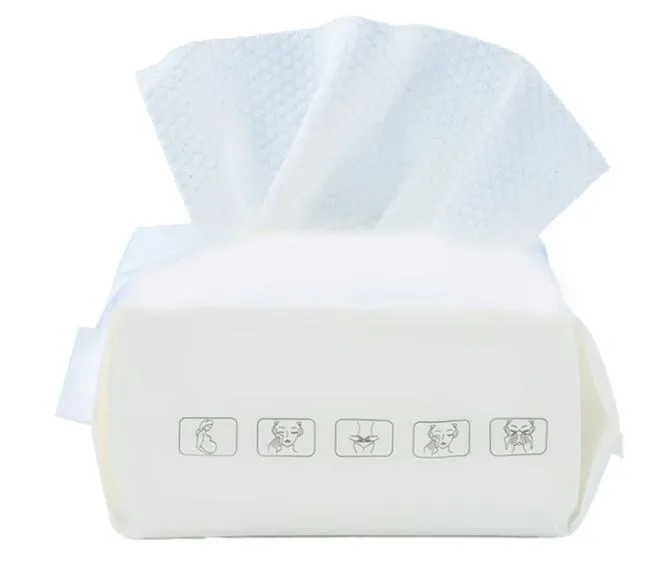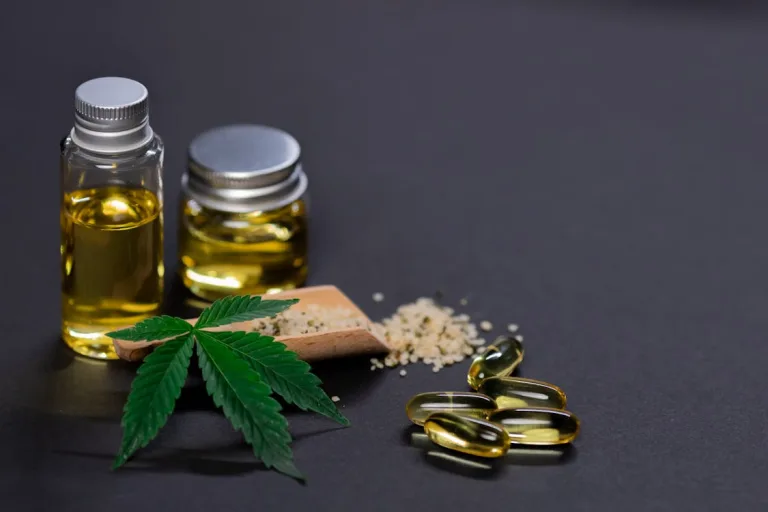How Disposable Facial Cotton Tissue and Single Use Bioreactor Bags Are Shaping Modern Consumer and Biotech Trends?
In the modern changing market, even such differentiated industries as personal care and biotechnology are becoming more and more interconnected by the necessity to innovate, be efficient, and safe. Although items like disposable facial cotton tissue are redefining skincare routines and consumer hygiene expectations, technologies like the single use bioreactor bag are redefining the way biological products are designed and produced.
These two spheres might not appear to be connected at first, but upon closer examination, one will find that these areas share certain themes of accuracy, convenience, and sustainability that form the basis of their increased popularity in the global markets.
Understanding the factors driving their rapid adoption highlights how diverse sectors are responding to modern consumer expectations and technological advancements.
The Rising Popularity of Disposable Facial Cotton Tissue:
In the personal care and skincare industry, disposable facial cotton tissue has become a preferred choice for consumers seeking superior hygiene and convenience. They are single use, as opposed to traditional cotton pads or reusable wipes, which reduces the chance of contamination and provides a more absorbent feel. Due to the increased complexity of skincare routines, as they have been enriched with more steps, such as cleansing, exfoliating, and moisturizing, the use of high-quality facial tissues has increased in importance dramatically. Consumers are putting more emphasis on products that increase their daily care without compromising on their safety and dermatological standards.
Manufacturers have responded by introducing disposable facial cotton tissues made from premium natural fibers that are gentle on sensitive skin. The products contain no additives, fragrances or harsh chemicals, and serve the rising demand of minimalist and hypoallergenic compounds.
In addition, increased awareness on cross-contamination risks of using reusable wipes is also contributing to the demand, especially in damp climates where bacteria significantly proliferate. To health-conscious customers, the promise of a fresh, sterile tissue every time is exactly what they want in terms of quality and safety.
Evolution of the Single Use Bioreactor Bag in Biotechnology:
Parallel to innovations in skincare, the biotechnology sector has witnessed a significant transformation driven by single use bioreactor bags. Historically, biopharmaceutical production was dominated by stainless-steel bioreactors, however, because of their limitations such as long turnaround times, complicated cleaning processes and high costs of operation, the more efficient solution was necessary.
Single use bioreactor bags emerged as a groundbreaking alternative, offering a scalable and cost-effective approach to biologics manufacturing.
Such specialized bags are made of the high-grade multilayer polymer films that are sterile and can withstand high-pressure bioprocessing conditions. They allow researchers and manufacturers to grow cells and generate vaccines, monoclonal antibodies and therapeutic proteins without the limitations of old-fashioned cleaning and validation procedures.
By eliminating the need for cleaning agents and reducing downtime between production cycles, single use systems significantly increase operational efficiency and production speed.
Adoption of Single Use Bioreactor Bag:
These bags have gained more adoption following global health requirements particularly at times when there is a need to produce vaccines at high rates. Biopharmaceutical firms can flexibly increase or reduce operations within a short time period to meet flexible production needs without affecting quality standards.
Another force that has been driving the growth is the trend in the world towards modular manufacturing facilities. Single use bioreactor bags support decentralized production models and can enable smaller and adaptable facilities that can operate closer to target markets. Such nimbleness is congruent with the growing need of customized medicine, and speed of reaction to emergent illnesses.
Cross-Industry Influence of Safety, Innovation, and Consumer Preferences:
While disposable facial cotton tissue and single use bioreactor bags cater to vastly different industries, they are connected by broader themes of safety, precision, and innovation. In personal care, consumers are seeking products with the minimum of health hazards and maximum hygiene; in biotechnology, producers are seeking sterility and elimination of contamination at all production phases.
The two industries have moved to designs and materials that lessen the use of the traditional cleaning and maintenance processes that simplify the procedures and enhance the results.
Both domains have also been affected by technological integration. Within the skincare industry, the development of fibers engineering has created tissues that are more soft and absorbent thereby improving on the user experience. Equally, bioprocessing technologies have resulted in single use systems with the ability to support the complex development of therapeutics whilst preserving rigorous performance measures.
The overlap extends to environmental considerations as well. Disposable items are under pressure regarding waste production, yet producers in both industries are developing sustainable materials and packaging. Biodegradable cotton tissues and recyclable bioreactor bag components are becoming a priority, responding to regulatory anticipations and satisfying consumer requirements in regard to eco-friendly operations.
Market Dynamics and Future Outlook:
Global market trends indicate sustained growth for both disposable facial cotton tissue and single use bioreactor bags, driven by rising demand and technological evolution. In personal care, multi-step skincare routines are increasingly used in Asia, Europe, and North America, which is continuing to provide a product diversification opportunity.
Another significant contributor is premiumization whereby consumers desire high-performance and dermatologist-prescribed products that can improve the outcome of their skincare.
In the biotechnology sector, increasing use of biologics, cell therapies and vaccines will drive the demand for highly sophisticated single use solutions. In recent years, regulatory approvals of new therapeutics have been booming, driving the need to scale and efficient production. As more companies embrace flexible manufacturing strategies, single use bioreactor bags are poised to become the standard rather than the exception.
Besides, the two industries are capitalizing on digitalization to enhance efficiency and customer interaction. The personal care brands are leveraging data-driven insights to create customized facial tissue products to meet particular skin types and sensitivities. In the same manner, single use systems are becoming process monitored and automated by biopharmaceutical companies to improve control and reproducibility.
These industries are being shaped by the coming together of consumer-focused design, technological advancement and sustainability. Firms investing in the use of high-quality materials, data-driven production, and environmentally friendly activities will probably have a competitive advantage in the markets that are becoming more demanding.
Conclusion:
From enhancing everyday skincare experiences to transforming biopharmaceutical production, disposable facial cotton tissue and single use bioreactor bags exemplify the diverse ways innovation is redefining consumer expectations and industrial capabilities. The two products are both a move toward more efficiency, safety and flexibility as the global environment continues to evolve and adapt concerning technology.
With these sectors still developing, their mutual interest in accuracy, sustainability, and performance will guarantee their future growth and competitiveness in the market.






